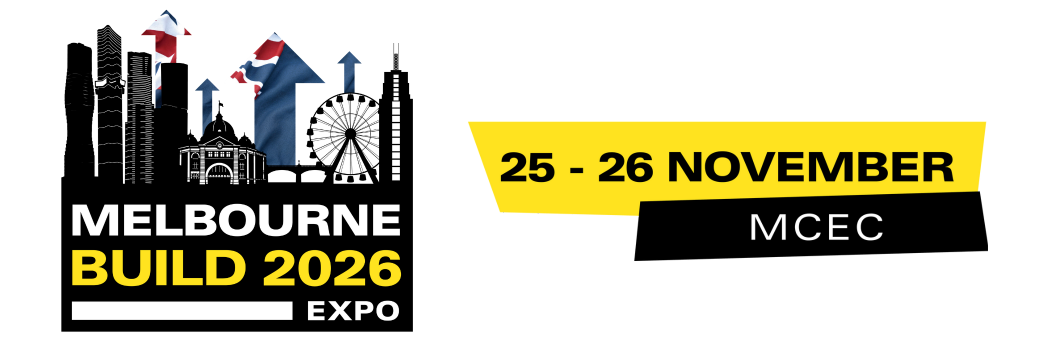10 Emerging Construction Technologies in Melbourne 2025
)
In the bustling construction landscape of Melbourne, the Victorian Government's visionary Digital Build program stands as a beacon of innovation, propelling the state's historic infrastructure pipeline into a new era of digital transformation.
By harnessing the latest digital practices and cutting-edge technologies, such as 3D modelling, machine learning, and Internet of Things (IoT) sensors, the Digital Build initiative is not just revolutionising construction processes—it's redefining the very essence of how projects in Melbourne are conceived, executed, and managed. Through a strategic focus on modernisation and efficiency, this program is paving the way for smarter, more sustainable construction practices that drive productivity, cost savings, and unparalleled innovation in Melbourne.
With the groundwork laid by the Digital Build program, Melbourne's construction industry is set to embrace a wave of transformative technologies that will shape the city's skyline and redefine construction standards. In this blog, we will explore 10 emerging technologies that are set to revolutionise construction practices in Melbourne in 2025:
-
Artificial Intelligence (AI)
-
Building Information Modelling (BIM)
-
3D Printing
-
3D Laser Scanners
-
Digital Twins (DT)
-
Drones
-
Robotics
-
Virtual and Augmented Reality (VR & AR)
-
Internet of Things (IoT)
-
Wearable Technology
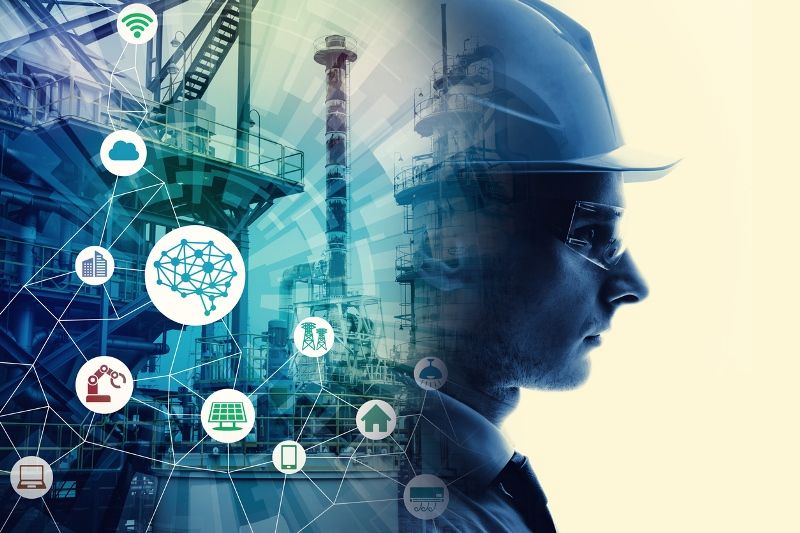
Artificial Intelligence (AI)
Artificial Intelligence (AI) stands as a transformative force in construction, rewriting the rules of the industry with its intelligent tools that streamline workflows, optimise resource allocation, and enhance decision-making processes. From generative AI revolutionising design iterations to predictive analytics foreseeing project risks, AI is fuelling rapid advancements in efficiency, safety, and overall project effectiveness. As the global AI in construction market surges towards $6.5 billion by 2028, AI-guided robots are tackling labour-intensive tasks, increasing productivity, and ensuring worker safety, setting the stage for a smarter, more sustainable construction industry.
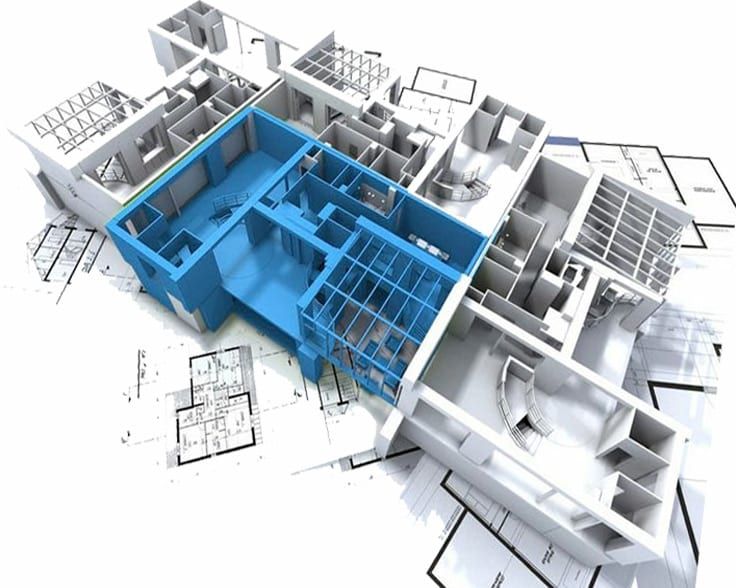
Building Information Modelling (BIM)
Building Information Modelling (BIM) has evolved into a cornerstone of modern construction practices, promising collaborative, efficient, and insightful project execution. With the BIM market projected to reach $8.8 billion in 2025, this technology covers every phase of a project's lifecycle, from design to demolition, offering real-time data insights, IoT integration, and cloud computing capabilities. AI enhancements in BIM automate tasks, optimise designs, and provide predictive insights that help teams avoid costly issues. By guiding energy-efficient designs, supporting sustainable material choices, and revolutionising collaboration through OpenBIM standards and cloud technology, BIM is reshaping how construction projects are designed, built, and maintained.
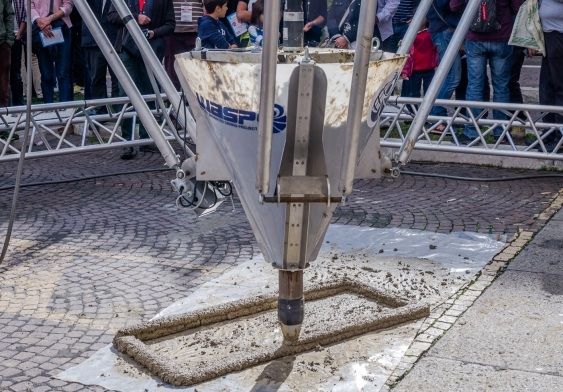
3D Printing
3D printing technology has transcended its initial boundaries, now facilitating the construction of multi-story buildings, bridges, and complex structures on-site. The versatility and precision of 3D printing reduce waste, accelerate project timelines, and foster innovative design solutions. From intricate structures to large-scale projects, 3D printing is revolutionising the construction landscape, offering greater design flexibility and sustainable practices that redefine traditional construction methodologies.
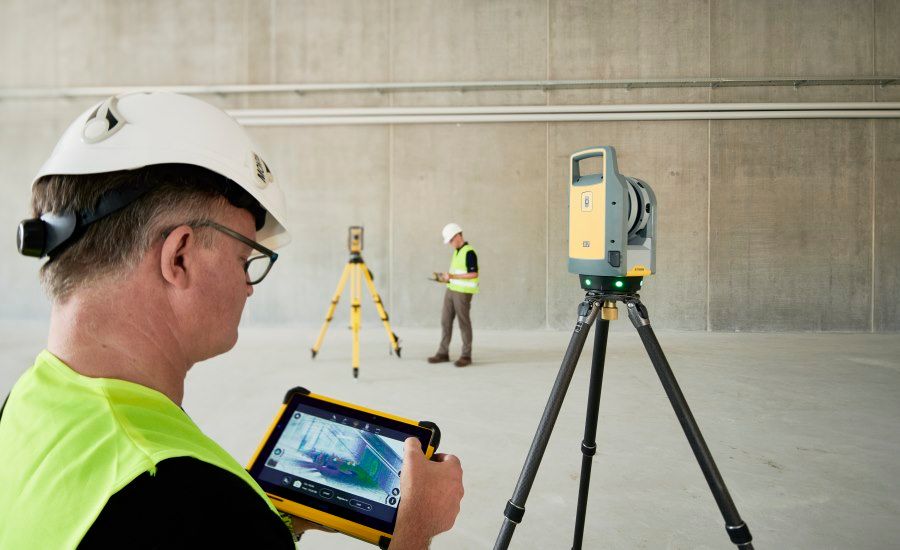
3D Laser Scanners
In the realm of the Architecture, Engineering, and Construction (AEC) industry, one of the latest advancements is the 3D laser scanner. This innovative tool is continuously updated and improved each year, ensuring it remains a cutting-edge solution in construction technology. Renowned for its capacity to meticulously scan and assess real-world objects, the 3D laser scanner has found widespread use in tasks such as on-site surveying, mapping, project inspection, and safety checks within construction projects. Its exceptional precision simplifies construction planning processes, facilitating detailed data collection and analysis, ultimately leading to substantial cost efficiencies. The adaptability and accuracy of the 3D laser scanner have cemented its position as a vital asset in modern construction practices, empowering industry professionals to enhance project execution efficiency and ensure high-quality outcomes.

Digital Twins (DT)
Digital twin technology is revolutionising construction by creating real-time digital replicas of physical structures, providing continuous updates, and predictive maintenance capabilities. These intelligent models offer performance insights, energy use tracking, and environmental impact monitoring, ensuring smarter, more efficient buildings. By integrating AI-powered analytics, digital twins enhance operational management, streamline maintenance planning, and improve construction safety through real-time feedback and predictive insights.
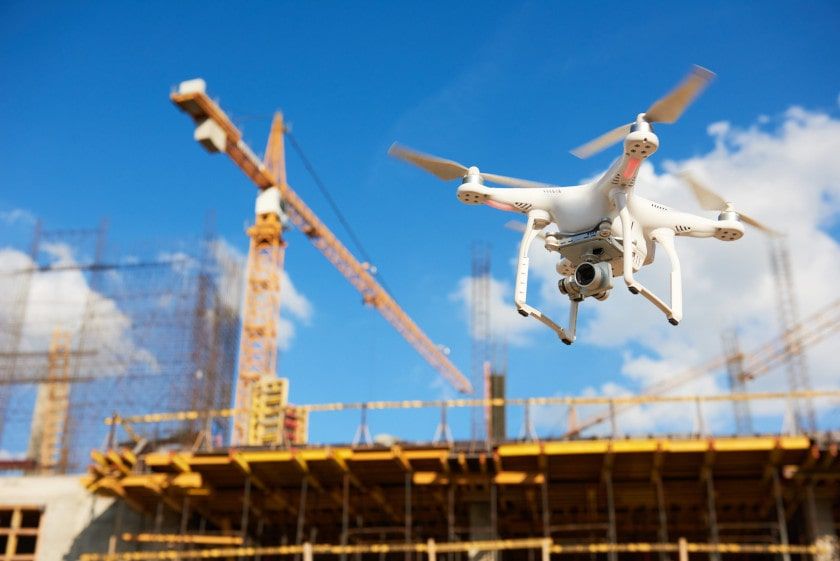
Drones
Drones have emerged as game-changers in the construction industry, offering advanced tools for site management, safety assessments, and data collection. Equipped with AI and machine learning capabilities, drones provide real-time aerial imagery, 3D mapping, and site condition monitoring, enhancing project decision-making and progress tracking. From precise inspections to material transport, drones streamline project workflows, ensure adherence to timelines, and optimise resource management, ultimately improving efficiency and safety across construction projects.
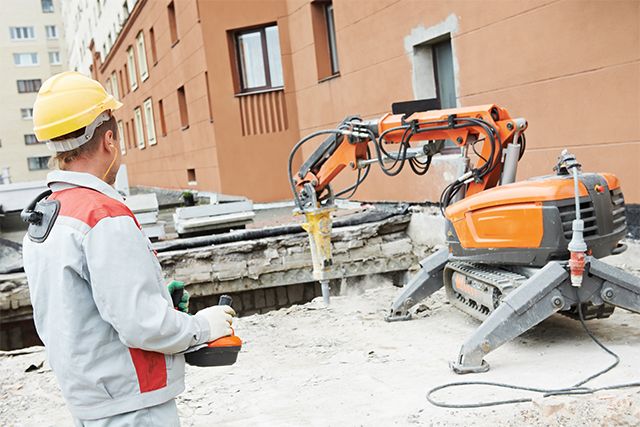
Robotics
Robotics is revolutionising the construction industry by taking on physically demanding and hazardous tasks, from heavy lifting to demolition. These automated systems reduce the risk of injury for workers, tackle labour shortages by handling repetitive tasks, and enhance project efficiency. By leveraging robotic arms and 3D printers, construction sites achieve consistent and accurate results, leading to faster project timelines and reduced errors. The rise of collaborative robots, or "cobots," signals a shift towards smarter and more adaptive systems, paving the way for a future where automation is seamlessly integrated into every construction project.
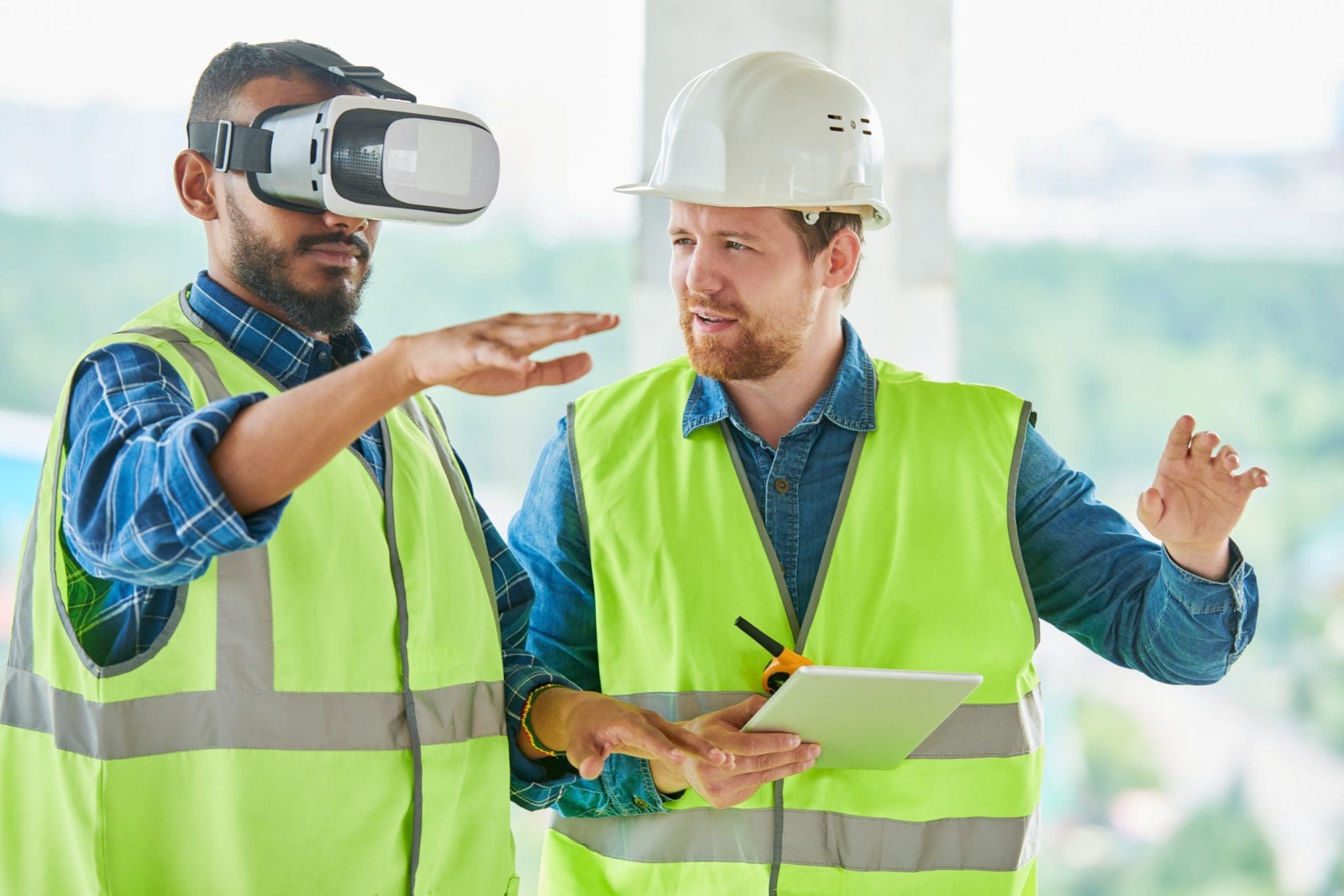
Virtual and Augmented Reality (VR & AR)
Virtual and Augmented Reality technologies are reshaping construction practices by offering immersive visualisations, enhancing collaboration, and optimising decision-making. With a projected $8 trillion global market by 2030, the adoption of VR/AR technologies is becoming increasingly significant in construction projects. These technologies are utilised for remote site inspections, immersive design walkthroughs, and real-time safety training, enabling construction professionals to identify issues early, optimise processes, and enhance teamwork. By integrating VR/AR into complex construction projects, teams achieve improved accuracy, reduced errors, and significant cost savings, aligning with the industry's push for efficiency and innovation.
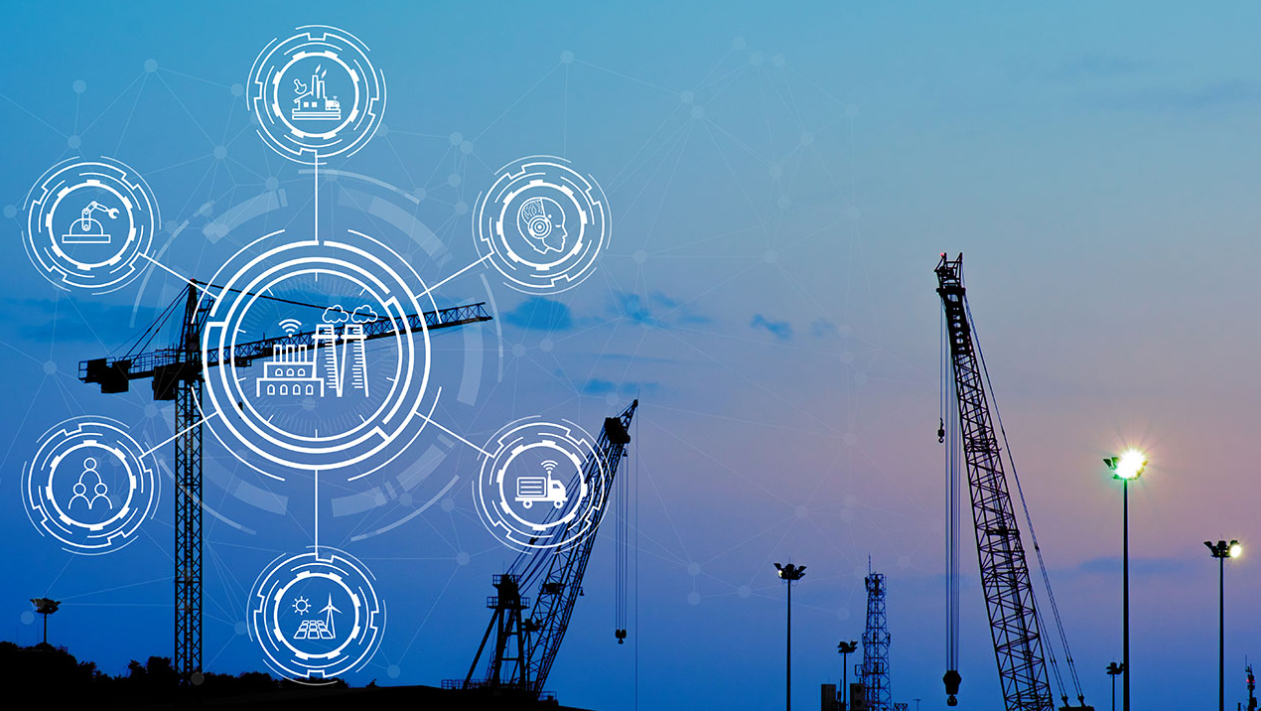
Internet of Things (IoT)
The Internet of Things (IoT) is transforming construction practices by enabling seamless connectivity and data exchange among devices and sensors on construction sites. IoT technology collects real-time data on equipment usage, environmental conditions, and safety metrics, empowering construction teams to make data-driven decisions and enhance project efficiency. Studies indicate a steady increase in IoT integration within the construction sector, with expectations that projects leveraging IoT technology could potentially reduce costs by as much as 29%. By leveraging IoT devices, construction professionals optimise resource allocation, improve communication, and ensure a smarter and more connected construction environment. IoT technology is ushering in a new era of construction practices, driving efficiency, sustainability, and innovation in the industry.
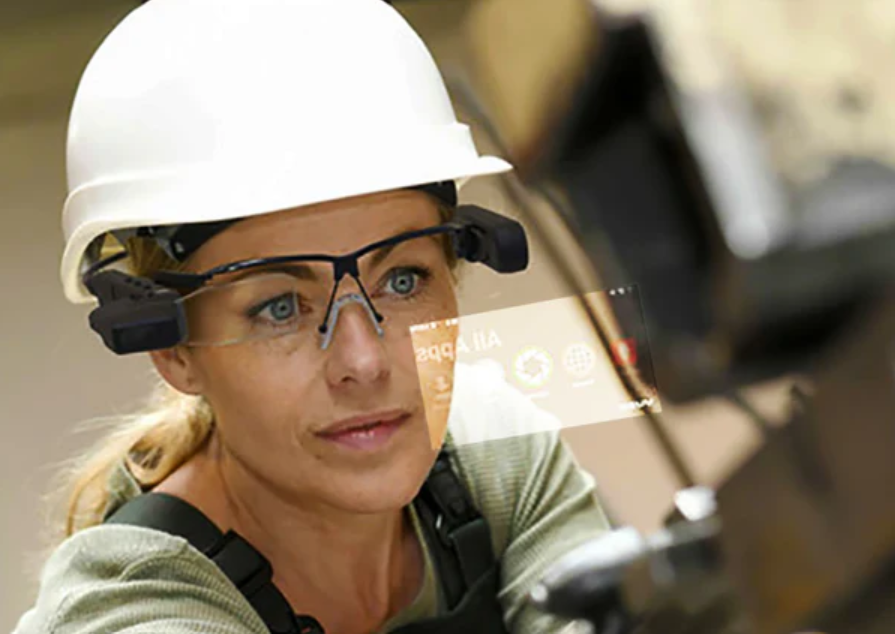
Wearable Technology
Wearable technology is reshaping construction safety practices by collecting real-time data on worker health, movement, and environmental conditions. Connected devices like smart helmets, wristbands, and glasses provide a comprehensive view of worker safety, improving collaboration and enhancing project efficiency. For example, smart glasses enable frontline workers to overlay design models visually on projects, spot potential issues early, and conduct clash detection, all while enhancing remote project monitoring and collaboration. The global construction wearable technology market is expected to grow over 10% from 2024 to 2032, according to Global Market Insights, underscoring the industry's increasing focus on worker safety and technological innovation.
As Melbourne embraces the digital revolution in construction, the integration of these emerging technologies promises to redefine the city's skyline and construction practices. From AI-driven decision-making to advanced 3D printing capabilities, Melbourne's construction industry is poised to lead the way in innovation, efficiency, and sustainability. By leveraging the power of these technologies, Melbourne is not just building structures but shaping a future where construction meets the demands of a rapidly evolving world.
Melbourne Build is the leading and largest construction trade show for Melbourne and Victoria, taking place October 22nd & 23rd 2025 at MCEC. Featuring two jam-packed days of knowledge-sharing, 450+ expert speakers across 7 conference stages, a 300+ booth exhibition, Meet the Buyers, business networking, live music, entertainment and so much more! Don’t miss out on free tickets.
